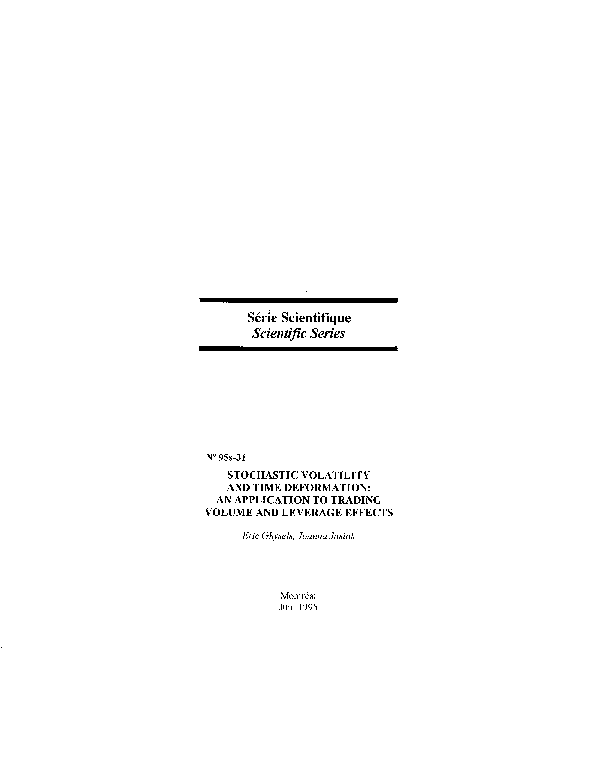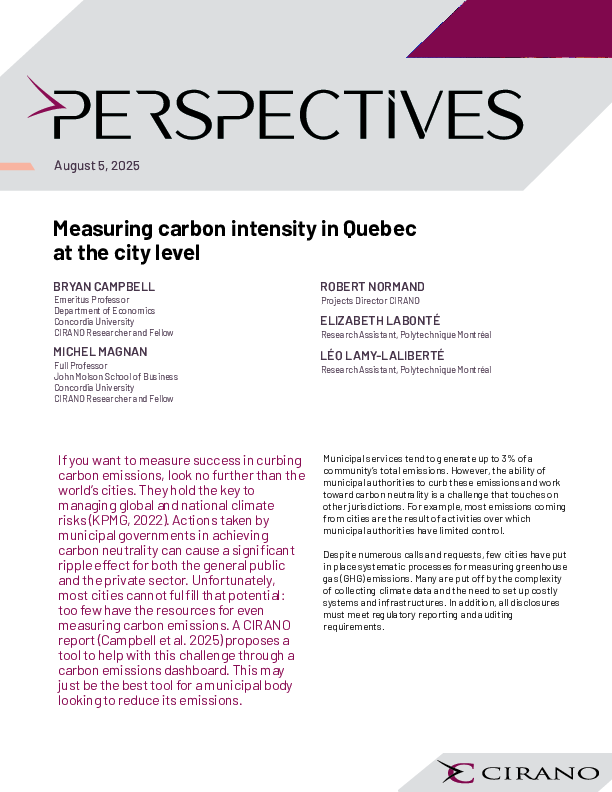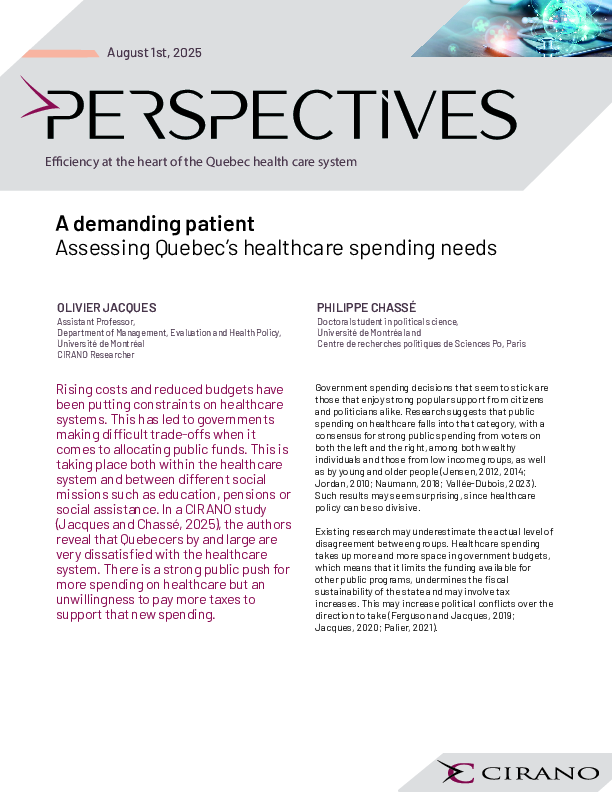Stochastic Volatility and Time Deformation: An Application to Trading Volume and Leverage Effects
In this paper, we study stochastic volatility models with time deformation. Such processes relate to early work by Mandelbrot and Taylor (1967), Clark (1973), Tauchen and Pitts (1983), among others. In our setup, the latent process of stochastic volatility evolves in a operational time which differs from calendar time. The time deformation can be determined by past volume of trade, past price changes, possibly with an asymmetric leverage effect, and other variables setting the pace of information arrival. The econometric specification exploits the state-space approach for stochastic volatility models proposed by Harvey, Ruiz and Shephard (1994) as well as matching moment estimation procedures using SNP densities of stock returns and trading volume estimated by Gallant, Rossi and Tauchen (1992). Daily data on the price changes and volume of trade of the S&P 500 over a 1950-1987 sample are investigated. Supporting evidence for a time deformation representation is found and its impact on the behaviour of price series and volume is analyzed. We find that increases in volume accelerate operational time, resulting in volatility being less persistent and subject to shocks with a higher innovation variance. Downward price movements have similar effects while upward price movements increase persistence in volatility and decrease the dispersion of shocks by slowing down the operational time clock. We present the basic model as well as several extensions, in particular, we formulate and estimate a bivariate return-volume stochastic volatility model with time deformation. The latter is examined through bivariate impulse response profiles following the example of Gallant, Rossi and Tauchen (1993).
[ - ]




